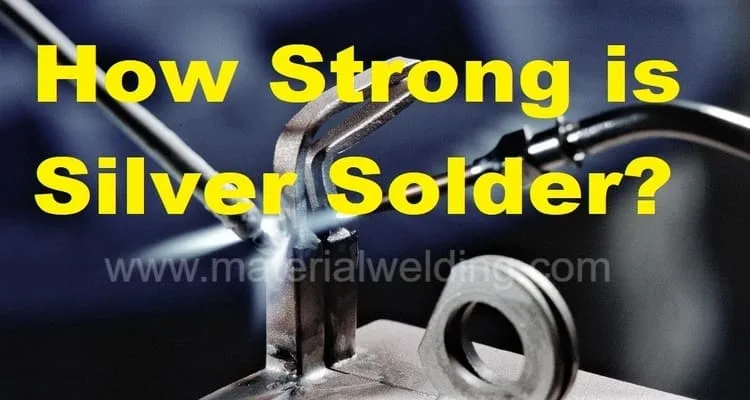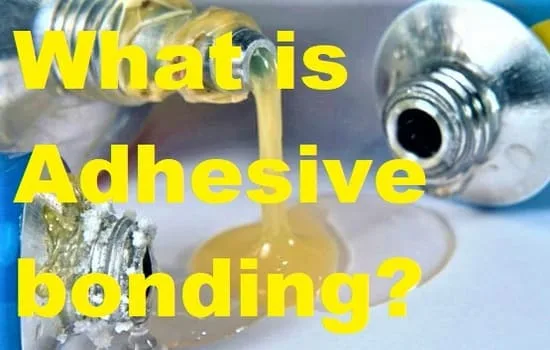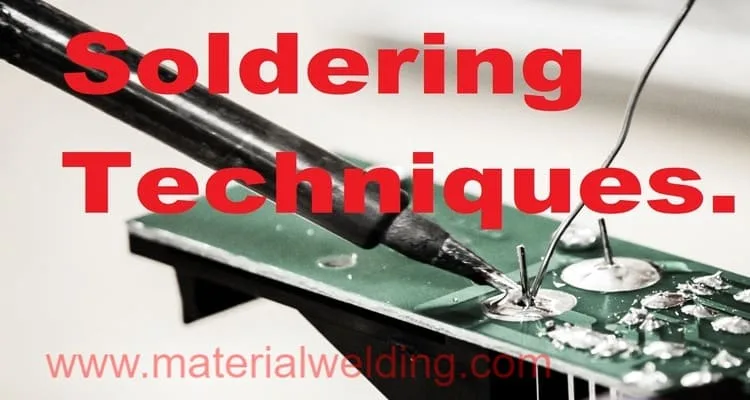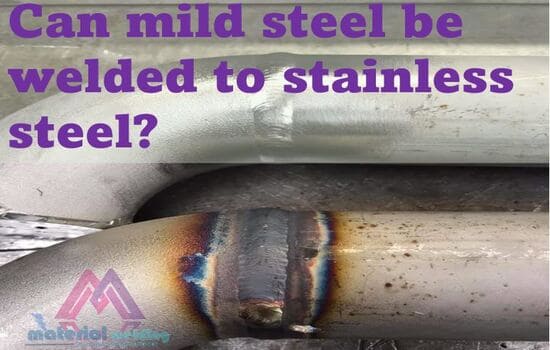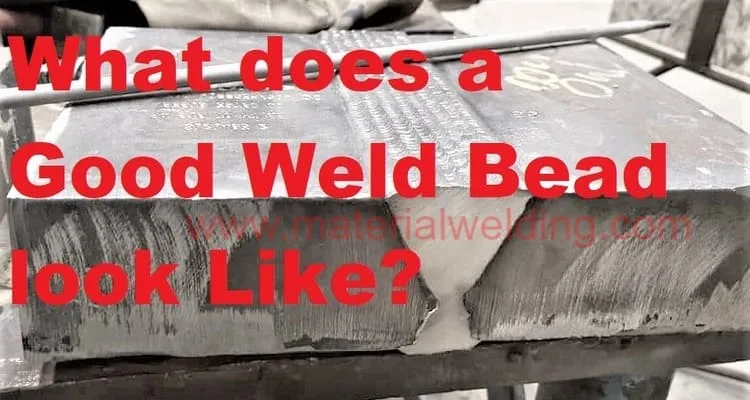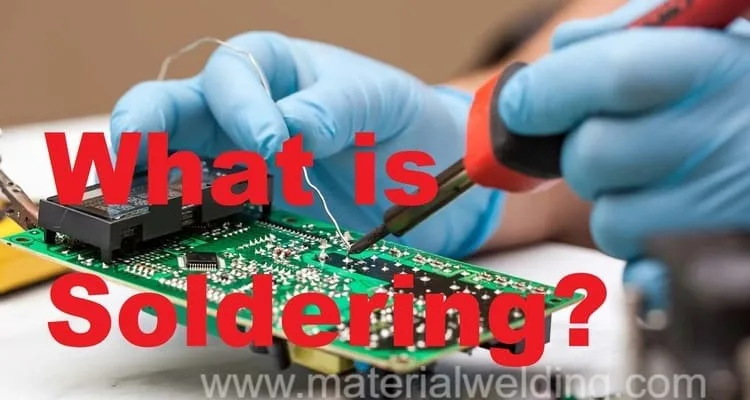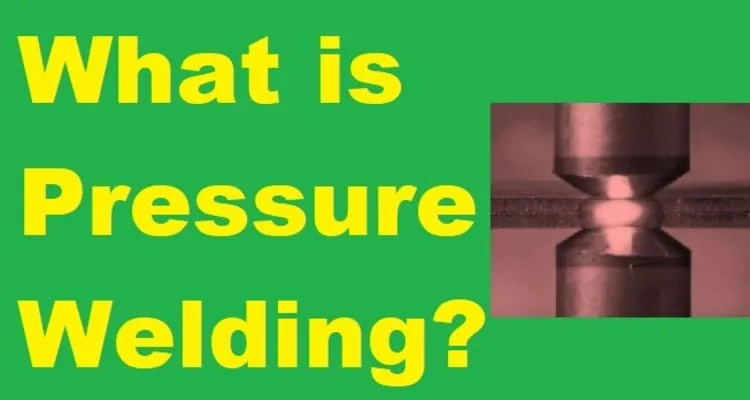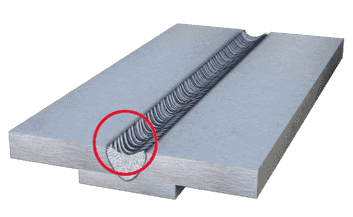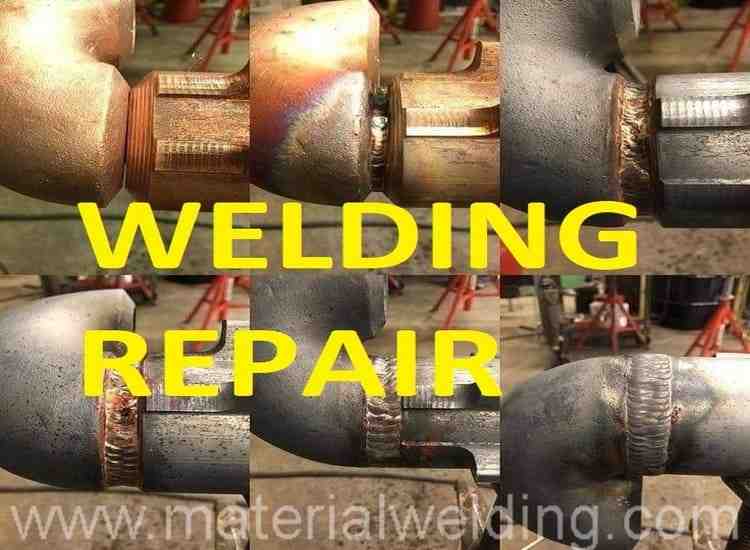This article will examine the effects of welding on steel and other metals, exploring how it may affect their strength and integrity.
Welding is the process of joining two metal pieces by heating them to their melting point and then fusing them together. Welding is a widely used technique in metal fabrication, construction, and repair work.
However, a common misconception about welding is that it weakens the steel or metal being welded.
This idea is rooted in a lack of understanding about how welding works and the properties of metals.
Does welding weaken steel?
Not all welding is created equal. Poor welding techniques can weaken the metal being welded. Following factors can affect the strength of weld:
- Presence of welding defects,
- Underfill in welding,
- Wrong selection of welding filler wire rod,
- Wrong material selection,
- Improper welding process selection.
This is because improper welding can introduce flaws and defects into the metal, which can reduce its integrity, strength and durability.
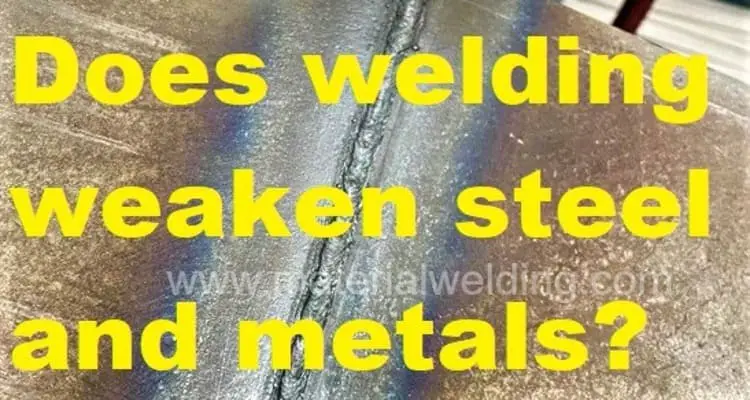
Some common welding defects include porosity, inclusions, and cracks. These defects can weaken the metal and make it more prone to failure.
In fact, when done correctly with the right filler wire, welding can actually strengthen metals. This is because the welding process creates a metallurgical metallic bond between the two metals, creating a strong and durable joint.
Welding Consideration
To avoid weakening the metal during the welding process, it is important to use the right welding electrode, proper welding technique for the specific metal being welded.
Different metals have different properties and require different welding methods. It is also important to use the proper welding equipment and tools, and to ensure that the welding is done by a skilled and experienced welder.
Another factor to consider when welding is the heat affected zone (HAZ). The HAZ is the area of the metal around the weld that is affected by the heat of the welding process.
Excessive heat can cause the metal to warp or distort, and can also cause changes in the metal’s properties, such as a reduction in ductility or toughness.
To minimize the impact of the HAZ, it is important to use the proper welding technique and to control the heat input during the welding process.
Are welding weak points?
Welding is not necessarily a weak point, but it can be if it is not done correctly. The strength of a welded joint depends on several factors, including the quality of the welding technique, the type of welding process used, the type of metal being welded, and the presence of any defects in the welding.
When done correctly, welding can create a strong and durable joint between two pieces of metal.
This is because welding creates a metallurgical bond between the two metals being joined, which can be as strong or stronger than the original metal pieces.
Is welding as strong as steel?
The answer is Yes. In fact, welding can often be stronger than the underlying metal itself.
The strength of weld depends on the strength of welding wire. If the selected welding wire rod or filler wire has a higher strength than the base metal, the resultant welding will be stronger than the base metal steel.
Effect of welding on mechanical properties
Welding can have an effect on the mechanical properties of metal, as the heat and cooling cycles involved in the welding process can cause changes in the microstructure of the metal.
The extent of the effect depends on several factors, including the type of welding process used, the type of metal being welded, the welding parameters, and the presence of any defects in the welding.
HAZ effect on welding strength
One of the main effects of welding on mechanical properties is the heat-affected zone (HAZ). The HAZ is the area of the metal surrounding the weld that is affected by the heat of the welding process.
The HAZ experiences a range of temperatures, from the melting point of the metal to temperatures that are high enough to cause significant changes in the microstructure of the metal.
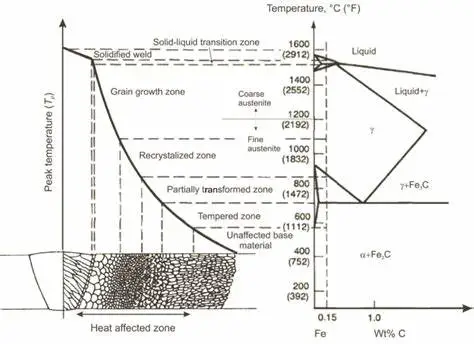
Heat Input effect on welding strength
The heat input from the welding process can cause changes in the microstructure of the metal, which can affect its mechanical properties.
For example, the welding process can cause the metal to undergo phase transformations, such as from austenite to ferrite or martensite. High heat input can cause weld metal softer and thus reduce its yield strength & tensile strength.
These transformations can affect the metal’s hardness, ductility, and toughness.
Related reading: Effect of heat input in welding: Comprehensive Research data
Additionally, welding can introduce defects into the metal, such as porosity, inclusions, or cracks. These defects can weaken the metal and make it more prone to failure. To minimize the impact of these defects, it is important to use the proper welding technique and to control the heat input during the welding process.
To mitigate the effects of welding on mechanical properties, several measures can be taken. One of the most common measures is post-weld heat treatment (PWHT), which involves heating the metal to a specific temperature and holding it there for a specific period of time. PWHT can help to relieve residual stresses in the metal and improve its toughness and ductility.
Here is a table summarizing the effect of welding on different mechanical properties:
Related reading: Mechanical properties of a Materials
| Mechanical Property | Effect of Welding |
| Tensile Strength | Welding can cause a reduction in tensile strength, particularly in the heat-affected zone (HAZ) due to changes in the microstructure and the presence of defects. The extent of the reduction depends on the type of metal being welded, the welding process used, and the welding parameters. |
| Ductility | Welding can reduce the ductility of the metal. A high heat input will increase the solidification time and thus result in wider grains size that support ductile structure. |
| Toughness | Welding can reduce the toughness of the metal. Depending upon the heat level, grain growth will be affected by welding thermal cycle. A fast cooling can result in hard microstructure. This can make the metal more prone to brittle fracture. PWHT can help to improve the toughness of the metal. |
| Fatigue Strength | Welding can reduce the fatigue strength of the metal, particularly in the HAZ due to the presence of defects such as porosity, inclusions, or cracks. The extent of the reduction depends on the type of metal being welded, the welding process used, and the welding parameters. |
| Hardness | Welding can increase or decrease the hardness of the metal, depending on the type of metal being welded, the welding process used, and the welding parameters. In some cases, the welding process can cause the metal to undergo phase transformations, which can increase its hardness. In other cases, the welding process can soften the metal and reduce its hardness. |
It’s worth noting that the effect of welding on these mechanical properties can vary depending on several factors, and that different types of welding processes can have different effects on the metal being welded.
Therefore, it’s important to carefully consider the type of welding process, the type of metal being welded, and the welding parameters when evaluating the effect of welding on mechanical properties.
How to improve strength after welding?
There are several ways to improve the strength of a metal after welding:
Post-weld heat treatment (PWHT)
PWHT is a process of heating the metal after welding to a specific temperature and holding it there for a certain period of time.
This can help to relieve residual stresses and improve the mechanical properties of the metal, including its strength. PWHT decreases the hardness due to reduction of residual stresses.
Stress relieving
Stress relieving involves heating the metal to a temperature below its critical range, holding it there for a period of time, and then cooling it slowly. This can help to reduce residual stresses and improve the strength of the metal.
Shot peening
Shot peening involves bombarding the surface of the metal with small, hard particles, which creates compressive stresses in the surface layer of the metal. This can help to improve the fatigue strength of the metal and reduce the risk of stress corrosion cracking.
Grinding or machining
If there are any defects or irregularities in the weld, such as porosity or undercutting, these can be removed through grinding or machining. This can help to improve the strength and durability of the weld.
Selecting the right filler material
The choice of filler material can have a significant impact on the strength of the weld. Choosing a filler material with the appropriate strength and toughness characteristics for the metal being welded can help to improve the overall strength of the weld.
Conclusion
It’s worth noting that the specific approach taken to improve the strength of a metal after welding will depend on the specific type of metal being welded, the type of welding process used, and the intended application of the welded part.
Therefore, it’s important to carefully evaluate the specific requirements of the application before selecting an approach to improve the strength of the weld.
